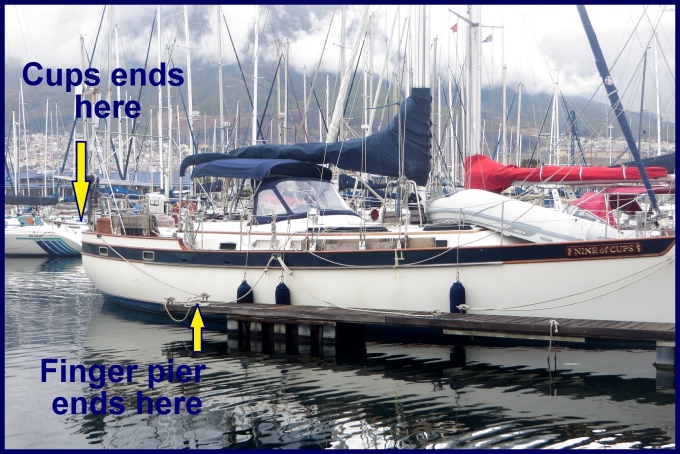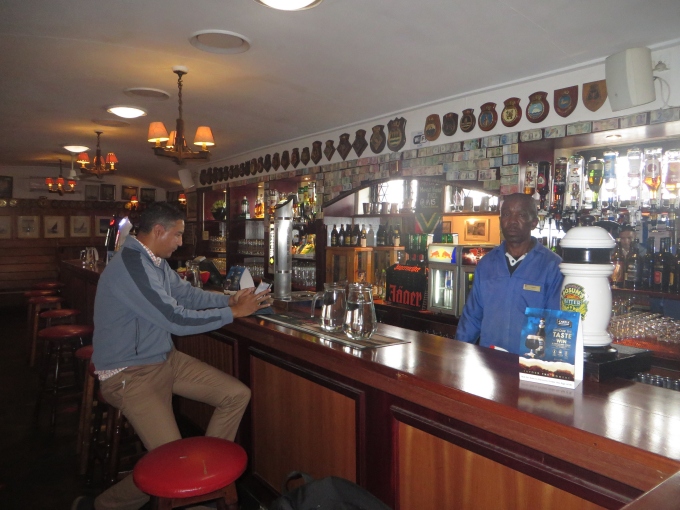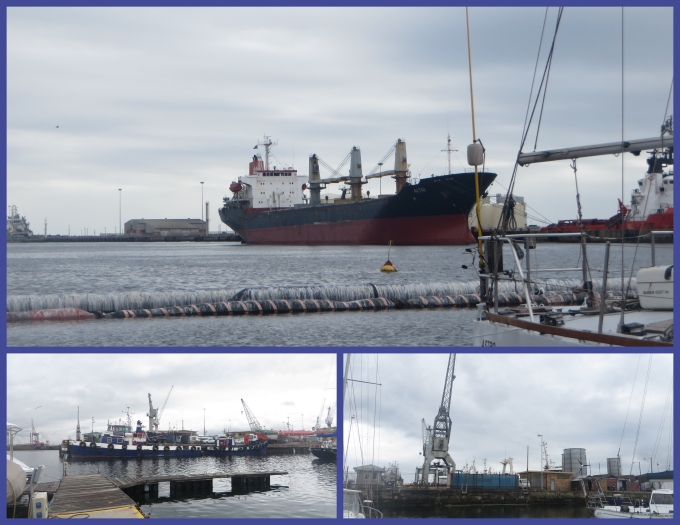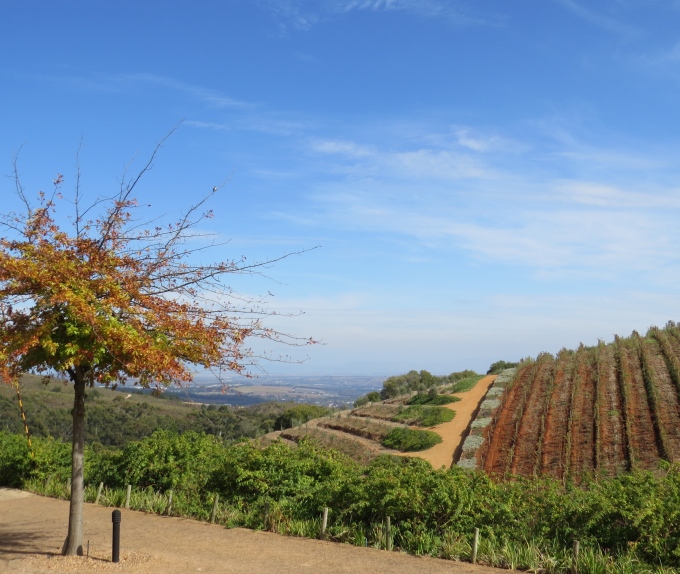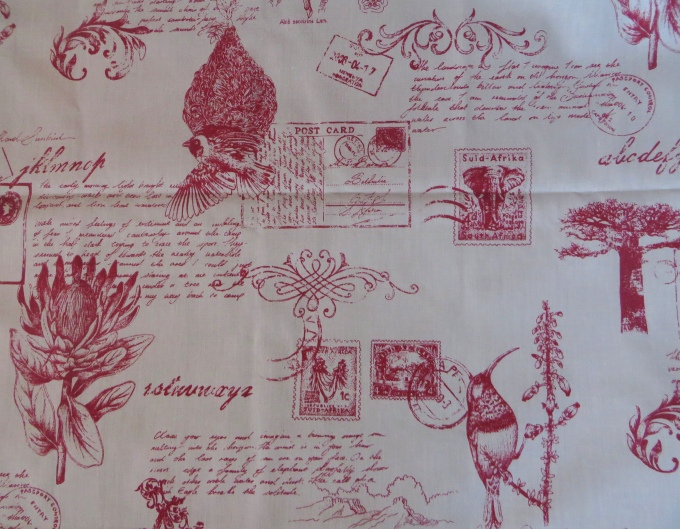Life at the Royal Cape
/I've been writing so much about Cape Town, that I've neglected to fill you in on life here at the Royal Cape Yacht Club. Each marina and yacht club is different. Each place we berth seems to have its own flavor and its own persona. Do you recollect the marina in Kettering, Tasmania? Though we remember our time there fondly, there was the ick factor issue to contend with. Well, that's not Royal Cape. Uh, uh … this is a classy, albeit somewhat dated, yacht club/marina. We alternately enjoy it and dislike it.

The Royal Cape Yacht Club was founded in 1907 as the Table Bay Yacht Club. It changed its name to Cape Yacht Club in 1914 and received its “Royal Charter” from the Crown to become the Royal Cape Yacht Club shortly thereafter. It's probably the most prestigious yacht club in South Africa. Dubbed “The Tavern of the Seas”, it currently boasts nearly 3,000 members. It hosts the bi-annual Cape 2 Rio Race and is a stopover port for the Volvo Oceans Race (aka Whitbread Round the World Race) and the Velux 5 Oceans Race (aka Around Alone). Of course, it holds special significance for us since we completed our circumnavigation here.
As a visiting yacht, we are the requisite 100 miles away from the clubhouse. I counted … it's actually a circuitous 412-step walk from Cups to the clubhouse toilets/showers. The piers are old and rickety, like many we've seen. They're probably 1970s-80s vintage, built when the club moved to its current location inside the Duncan Docks. The dock planks are uneven and oddly spaced and sometimes quite slippery. They flex and creak and moan when you step on them. The finger piers are wobbly and much too short for today's bigger sailboats. Consequently, Cups' stern protrudes significantly into the waterway and the turning room between docks is quite limited.
We have found the members to be cordial, but not overly friendly. We've made a few friends here, but not nearly as many as we've had in the past at other yacht clubs like Mandurah, Western Australia, for instance. We've discussed this and think it's probably due to the fact that hundreds of foreign yachts visit Cape Town and not many get to Mandurah. A visiting yacht is not novel here. That said, they did include a small blurb on us and other visiting yachts in their weekly newsletter and the folks in the office were extremely helpful when we were trying to locate our missing package.
The facilities and amenities at the yacht club are good, but not glitzy. They've just completed a renovation of the Ladies' shower and toilets which is nice, but there are only two showers compared to about 12 in the Mens' room. Like many yacht clubs, RCYC was a “Men's Only” club, for years and some relics of that day still persist like the Men's and Ladies bars, for instance. “The yacht club has two main bars, the traditional “Men’s” bar and the “Ladies” bar. The Men’s Bar provides the club with memories of years gone by set with its collection of plaques, memorabilia and photos of famous boats from yesteryear. The Ladies Bar is situated in the water side of the club and overlooks the marina for that soft and tranquil setting.” The restaurant, bars and patio have a generous open hours schedule. The food is adequate and the prices are reasonable.
The club is quite active. Beyond competitive racing, there always seems to be something going on. We attended a Jazz on Deck brunch one Sunday afternoon and though Afro-Brazilian jazz (samba, bossa nova) is not our favorite, it was an enjoyable way to spend the day.
The neighborhood surrounding the yacht club is a working port with a commercial boatyard and loading docks. The water at our end of the marina is dirty, with lots of floating debris, detritus and oil slicks. Big wakes are generated from large fishing boats coming and going day and night. There's banging and clanking from the boatyard works as well as from freighters tying up and unloading not far away. Lots of dust and grime is generated and seems to find its way to Cups' deck and cockpit like a magnet. Depending on what is being offloaded, we get strong whiffs of fish meal and other undesirable odors.
We're not complaining, just giving a slice of life in the 'hood … which isn't all that bad. Views of Table Mountain from Nine of Cups' deck make up for any and all other shortcomings!



